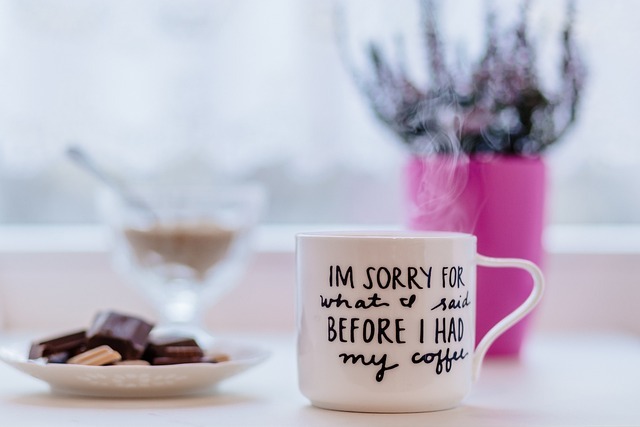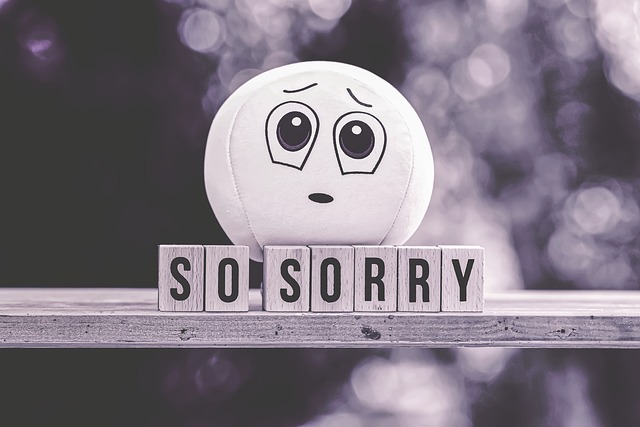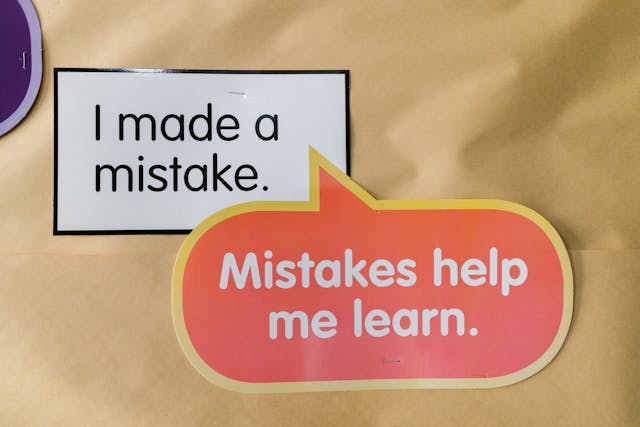It’s acceptable not to know certain words in a foreign language and not apologize. However, since it’s a critical ability that can come in handy in various situations, learning how to say sorry is imperative.
This post will give you numerous formats and illustrations of excuses, along with an explanation of their distinctions.
Key Takeaways
- Apologizing effectively requires acknowledging what went wrong and taking ownership of the situation, without making excuses.
- Informal apologies like “My Bad” or “Oops, Sorry” are suitable for minor mistakes and help keep interactions light and friendly.
- Different situations call for different types of apologies, from formal to casual, depending on the severity of the mistake.
- Using phrases like “I Didn’t Mean To” or “My Fault” can help convey sincerity without over-apologizing.
- Knowing how to apologize appropriately can improve relationships, communication, and personal accountability
Old Ways To Say Sorry
- I apologize: You can use these words of apology to show someone you care about them during a trying moment or to express regret or guilt for something you have done wrong. It works well in scenarios where you have erred or offended someone, including running into someone, showing up late for an appointment, or missing their birthday.
- Excuse me: This expression can be used to gently ask someone to move aside or to get their attention. Additionally, you can use it to ask for clarification or to apologize for interrupting someone. Saying “Excuse me,” for instance, could be appropriate when you need to move past someone in a busy place or to draw someone’s attention.
Looking for more relaxation tips? Explore our guides on massage benefits, stress relief techniques, and self-care routines for ultimate wellness.
How To Apologize Properly

Since it’s rarely pleasant or simple to apologize, make the most of your opportunity if you must.
- Full Acknowledgement: Without sugarcoating the harshest realities, begin by outlining precisely what went wrong. After the facts are known, own up to the reality that your actions went against moral principles. Regardless of whether you and the person you have harmed agree on moral principles, you are wrong if you have violated your own set of standards. Take ownership of the situation.
- A justification: You have the best chance of restoring a solid, harmonious connection with a sincere explanation. The secret to improving your behavior is understanding its underlying causes. Explanations ensure that the offense won’t happen again and assist you and your victim in understanding why you misbehaved. Excuses only serve to shift accountability. Don’t mention them when you apologize.
Informal Ways To Say Sorry In English

While it’s a necessary component of communication, saying sorry doesn’t necessarily have to be official or stiff. There are many casual, warm, and sincere ways to say “sorry,” whether you’ve inadvertently bumped into someone, made a tiny error, or wounded their feelings. The following are a few informal and casual methods to apologize in English.
My Bad
This expression is a common and informal method of acknowledging mistakes. Saying “my bad” is a fantastic way to own your mistake and move on without making a big deal out of it. It’s frequently employed when there isn’t much of a mistake or when you wish to lighten the tone.
Oops, Sorry
Saying “Oops, sorry!” is a humorous way to express regret for a minor or unintentional mistake. It’s frequently used after doing anything like dropping something, bumping into someone, or spilling a drink. This brief, straightforward statement informs the other person that it was an accident.
Sorry About That
Though still informal, this expression is a little more courteous. It’s an effective approach to express regret for anything that may have irritated you a little, like being late or forgetting something. It’s more detailed than simply saying “sorry,” indicating that you understand the precise thing you’re regretting.
Didn’t Mean To
Saying that you “didn’t mean to” is a fantastic method to offer an apology for an inadvertent offense. It highlights that you regret the result and that nothing that happened was done on purpose.
My Fault
Saying “my fault,” like “my bad,” is a direct approach to taking responsibility for a mistake. It’s a casual way of saying that you acknowledge your part in what transpired.
I Goofed
“I Goofed,” is a lighthearted and humorous approach to expressing regret. It is a little more antiquated but still understandable, and it functions effectively in cases where the error isn’t too large.
My Mistake

This is just another casual approach to admit when you’ve made a mistake. It’s frequently employed after you’ve made a tiny mistake, such as sending incorrect information or misinterpreting a circumstance.
Whoops, My Bad
Saying “whoops” and “my bad” together is a lighthearted and informal approach to apologize, particularly for little or awkward mistakes. It helps keep things lighthearted and injects a little humor into the situation.
I Didn’t Mean That
“I didn’t mean that” is an easy method to retract statements that you made that didn’t go over well. It demonstrates that you are conscious of the potential interpretations of your words and that you are sorry for how they came out.
Explore more helpful resources on elderly care tips, managing caregiver stress, and creating a safe home environment for your aging loved ones.
Conclusion
When there is no need for a serious or formal apology, using lighthearted apologies keeps discussions lighthearted and cordial. These are light-hearted statements that convey your acceptance of responsibility for your conduct. It’s important to know when to apologize in various situations, so don’t be afraid to utilize these colloquial methods of saying “sorry” when appropriate!



